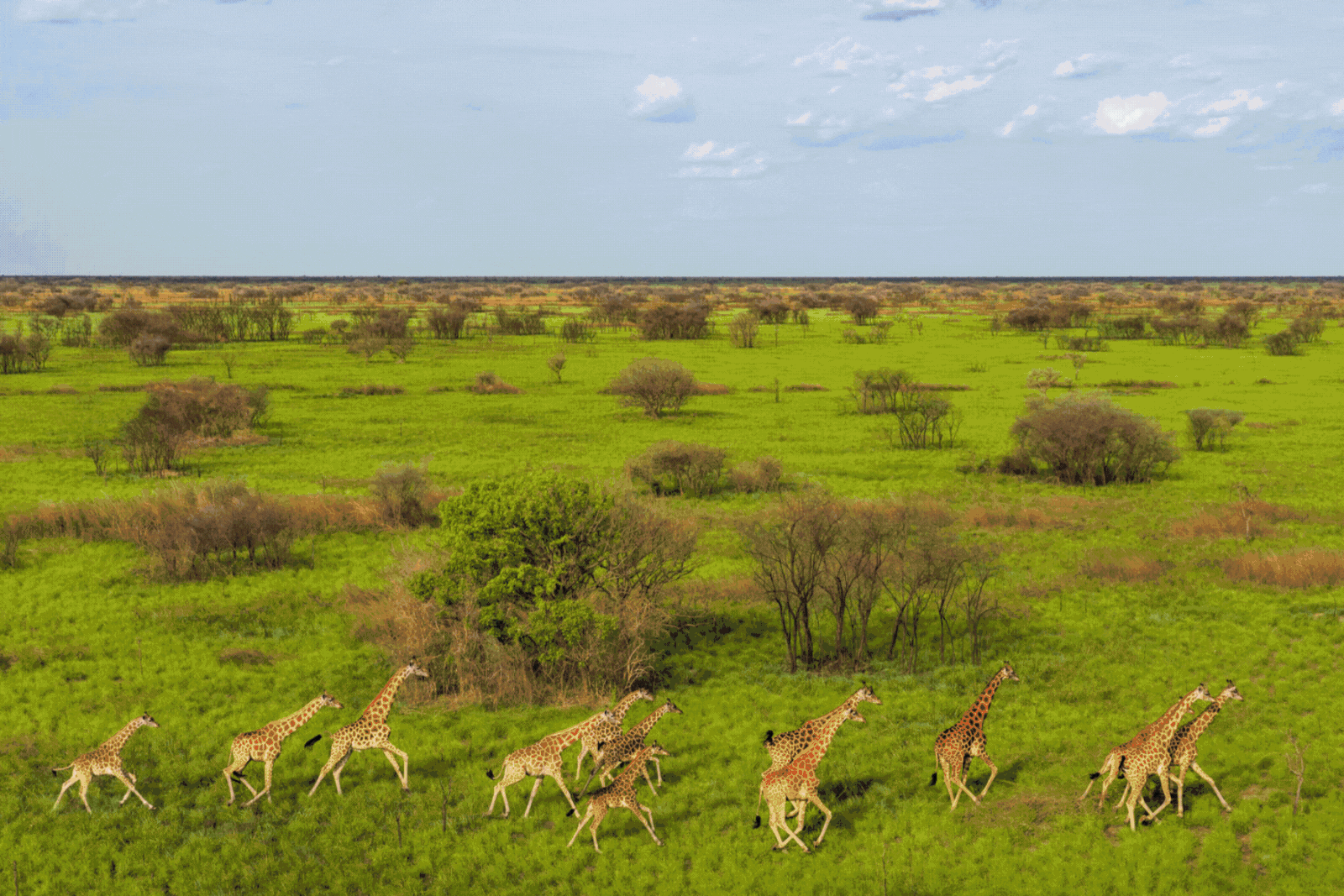(Posted 17th September 2024)

As we work to protect Africa’s diverse ecosystems, advancements in tracking technology are providing valuable insights into the behaviours of some of the continent’s most threatened and elusive species. Collecting and analysing these data, we gain a deeper understanding of species patterns—where they go, why they move, the habitats on which they depend, and the challenges they face. This knowledge enables us to take effective measures to conserve these species and their habitats.
Dugong Tracking in Mozambique
Bazaruto Archipelago National Park in Mozambique is home to the last-known viable dugong population on the eastern coast of Africa. Dugong, commonly known as sea cows, graze up to 30kg of seagrass daily. Unlike manatee, which inhabit freshwater environments, dugong depend solely on marine habitats. They are threatened by the loss of seagrass, making shallow-water marine conservation essential for their long-term survival. However, much remains unknown about these gentle marine giants. Last month, the Bazaruto research team launched Africa’s first-ever dugong satellite tracking project to protect this critically important population. Satellite tracking devices, attached to the tail, transmit location data to a satellite system whenever the dugong surfaces. The tracking devices have two weak points for the dugong to break free if it gets tangled and corrodes over eight months when the battery life is depleted.
The Rediscovery and Protection of a Lost Species in Rwanda
Believed to be extinct for 40 years, the Hill’s horseshoe bat (Rhinolophus hilli) was rediscovered in Nyungwe National Park in Rwanda in 2019. In collaboration with Bat Conservation International and the Rwanda Wildlife Conservation Association, Nyungwe’s Conservation and Research team fitted this bat with a radio transmitter in 2022, leading to the discovery of a roost of nine more individuals. Acoustic tags emit high-frequency sound waves that mimic bat echolocation calls. Listed as Critically Endangered, this vital pollinator is now undergoing monthly monitoring, with acoustic sensors providing crucial data for its conservation.
Mapping The World’s Largest Land Mammal Migration
A recent aerial survey of the Great Nile Migration Landscape in South Sudan has confirmed Earth’s largest land mammal migration, involving approximately six million animals from various antelope species, covering an astounding 122,774 km². Conducted by African Parks and the South Sudanese Ministry of Wildlife Conservation and Tourism, with support from The Wilderness Project, the survey utilized over 330,000 aerial images and data from 251 tracking collars (equipped with GPS units, which are fitted around the necks of animals like lion and elephant). Despite the vast wildlife numbers, the region faces significant threats, including declines in non-migratory species like elephant and cheetah, underscoring the need for continued conservation efforts.
These examples illustrate how African Parks and our many partners are working together to track, monitor, and better conserve threatened wildlife and the diverse habitats they require. Tracking and transmitter devices are essential tools that provide the data needed to deliver effective conservation actions.
Learn more about some of our wildlife tracking and monitoring projects






